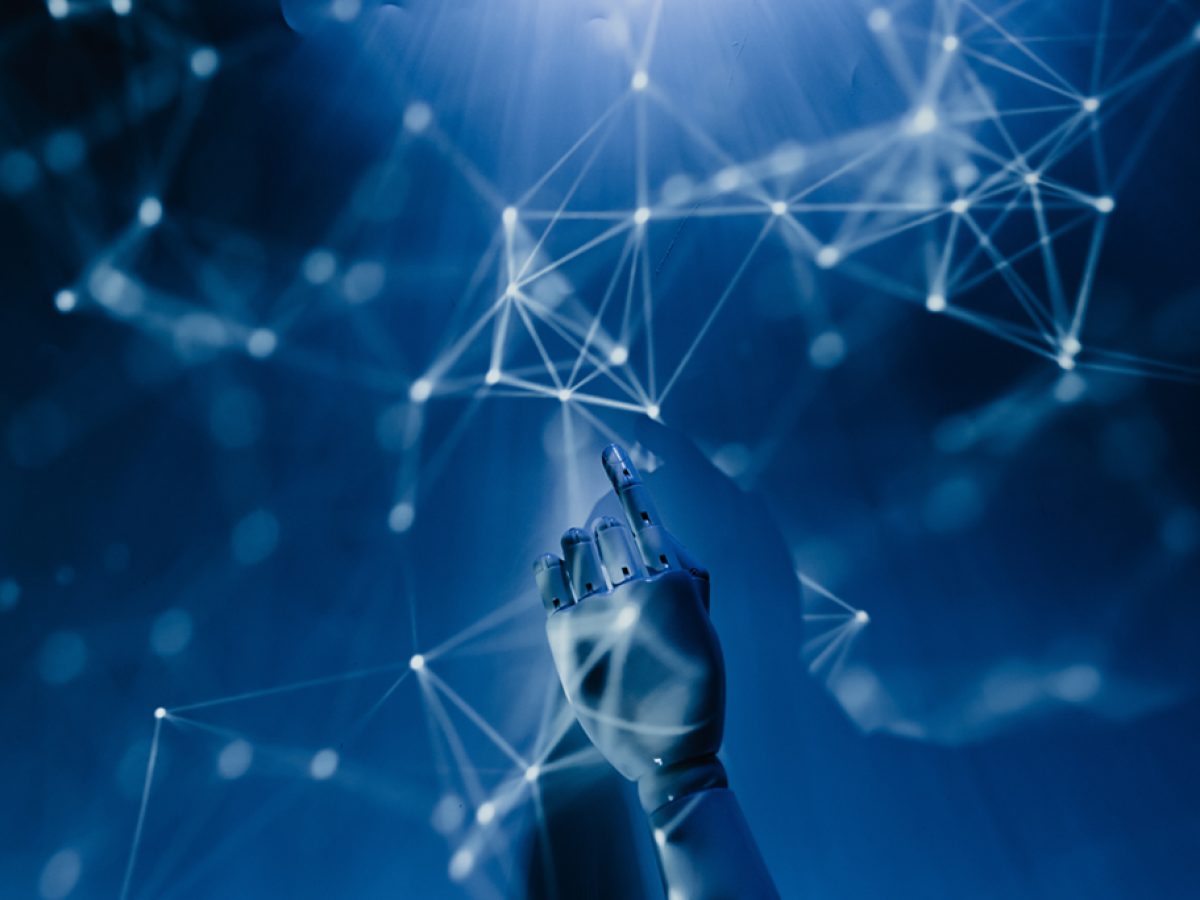


INTRODUCTION
Deepfake technology refers to the combination of AI deep learning capabilities and content available on the internet to create hyper-realistic fake content using algorithms. The term “deepfakes” is derived from the fact that the technology involved in creating fake or manipulated content involves the use of deep learning techniques which are a subset of artificial intelligence. Data that can be generated and examined using AI deep learning technology is not limited to videos or images but also includes audio and texts. It can also be used to alter or modify existing data or even the representation of an individual. Such AI-generated deep-fake data is not easy to detect making it a potential tool for violating privacy and other rights of people.
POSSIBLE THREATS OF DEEP FAKES
The deepfake technology is a threat to society and mankind. The unregularized use of this technology will not only endanger social life but will also become the reason behind increased cybercrimes. The possible threats of deep fake and AI include:
1.Generation of fake propaganda against celebrities and politicians.
2.Exploitation of people’s images and videos for pornographic purposes.
3.Infringement of Intellectual Property Rights.
4.Threaten national security by interfering in the electoral system.
5.Use of AI to defame a person.
6.Threat to the sovereignty of the nation.
7.A means to instigate communal violence.
8.Counterfeiting of intellectual property.
9.Dents the citizens’ faith in the authorities.
The government of India has recently acknowledged the matter of deep fakes and work is going on to make effective laws for regularization of AI. These laws will create a rational nexus between social media companies, individuals and AI. The law will make regulations for both individuals and companies using AI tools.
INFRINGEMENT OF PRIVACY AND DEFAMATION THROUGH DEEP FAKE
The deep fake technology is dangerous and manipulative as it violates the privacy of an individual.
The concept of the right of privacy under Article 21 of the Indian Constitution very clearly states that the violation of privacy of an individual by any means amounts to a violation of privacy. the deep fake technology causes a violation of privacy by generating fake images without the permission of an individual.
Defamation means violation of the right to reputation given under the Indian constitution. The deep fake technology defames by creation of inappropriate and obscene images and circulating them on a public platform which is a punishable offence under section 499 of the Indian Penal Code. The deep fake technology can be used to create fake and easily digestible images of politicians and other celebrities which further generates circulation of fake news relating to them.
Further, deepfakes are often used to create alteration in the copyright material or content distorting or mutilating it. This violates the rights of the copyright holder as Section 57(1)(b) of the Copyright Act, 1957 states that an author of any work is protected from mutilation, distortion, alteration or creation of any other work which is identically or similar to it violates their right to reputation.
LAWS RELATING TO DEEP FAKE
Currently, there is no explicit legislation in India for provisions against the creation of deep fakes. The recent developments in AI and other auto-generated content act as an additional force to the prediction of scholars that around 90% of digital content will be created synthetically by 2026.
Recently, the topic became the centre of attraction when videos and images of actresses Rashmika Mandana and Katrina Kaif went viral on social media. This content caused immense humiliation to them and was later proved to be deep-faked. Following this incident, the Ministry of Information Technology provided several notices to social media giants specifying that online impersonation is prohibited and punishable with imprisonment up to three years or a fine up to Rs. 2 lakhs under Section 66D of the Information Technology Act, 2000. The same is restricted under IT Rules, 2021 and requires that all content alleged to be morphed artificially using deep fake technology should be taken down within 36 hours when it is justified or instructed by the authorities to do so.
Another relevant section under the Information Technology Act, 2000 is Section 66E which provides for imprisonment of up to three years and/or a fine of up to Rs. 1 lakh for using computer resources with malicious intention to deceive or impersonate someone online.
Further, copyright owners are protected under Section 51 of the Indian Copyright Act, 1957 which penalises unauthorised use of a property protected under IPR laws. It also prohibits the creation of deep fakes of copyrighted works without its owner’s permission.
THE WAY AHEAD
The technology and its development have its pros and cons depending on its use. One negative use of such technological development is the use of AI for generating deepfakes. Deepfakes have recently come to the attention of the public due to the magnification of their misuse creating an environment of fear in society. The use of deepfakes witnessed by us is a matter of concern but more than that what we have not yet witnessed about these technologies can be even harsh and magnified in the coming future.
Although there are few legal provisions and precedents that have the potential to address the issue of AI-based deepfakes and copyright infringement, it is not sufficient to tackle the increasing number of cases in the long run. There is a dire need to enact a specific law addressing the issue of using AI-generated deep fake content to protect the identity of an individual.
CONCLUSION
To conclude, it is pertinent to state that deepfakes if misused, can be a great threat to society. Therefore, it is required to ensure that society should be educated about the proper and ethical use of technology and the legal, moral and psychological consequences of misusing it. Additionally, to ensure that individuals and society are protected from the adverse use of AI, it is required to implement a single strict regulation.